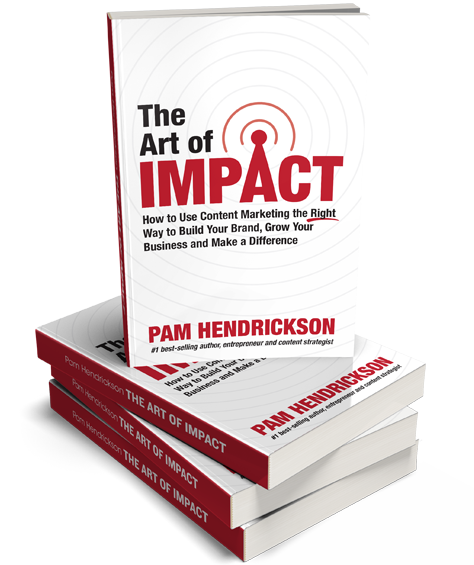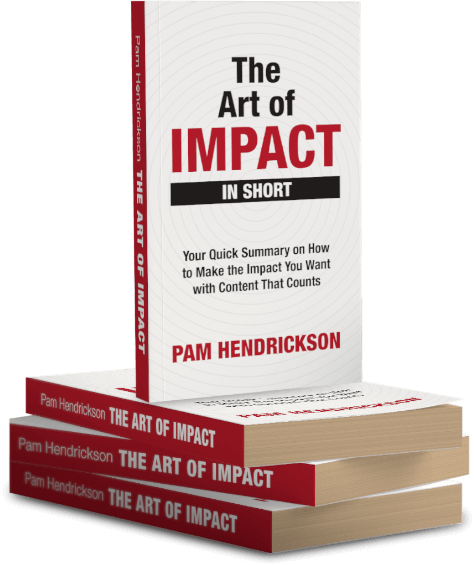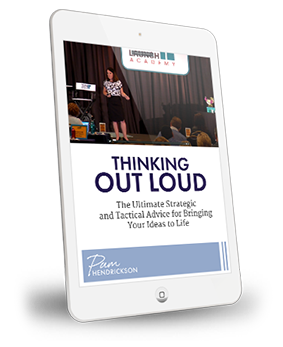If you know me, you know how much I love e-learning (online training)—not just because I have a passion for it—but because it gets results:
-
The Research Institute of America found that e-learning increases retention rates 25 percent to 60 percent v. 8 percent to 10 percent retention rates for face-to-face training.
-
IBM found that participants learned nearly five times more material (without increasing time spent in training) when they held an e-learning program.
-
E-learning typically requires 40 percent to 60 percent less time for the individual than learning the same material in a traditional classroom setting, according to a Brandon-Hall Study.
Now all of these statistics are wonderful, however it all starts with the right kind of training, and making sure your course has content that your customers can use, solves a pain point for them, and provides an immediate impact.
Today I have the 5 core steps you can use to create the foundation for any training—webinars, online training programs, live events, coaching programs, or anywhere you’re sharing your message with your audience.
Check out those 5 elements below to maximize your next training, and please leave me a comment: Which of these ideas are important to you when designing your training programs? What to you need to change or improve to make your trainings even more effective?




Excellent video and very timely because I am working on two small courses and one larger course, great outline of the steps to think about.
I would love to see a video on ideas about getting people to actually do the course. I find engagement falls off very quickly. So that says to me, make the courses short but what are some of the other things to think about to keep engaged and watching
Thank you Pam
Great idea, Bruce—I’ll cover that topic in an upcoming blog!
Your brilliance in sharing specific benefit and simplifying any process always blows my mind.
You clearly walk your talk!
Hi Pam – great content. I have a question. You say that for each learning objective, we identify three things: what will they know, what will they do, and how will they feel? How do we plan in how they will feel. Can you give an example?